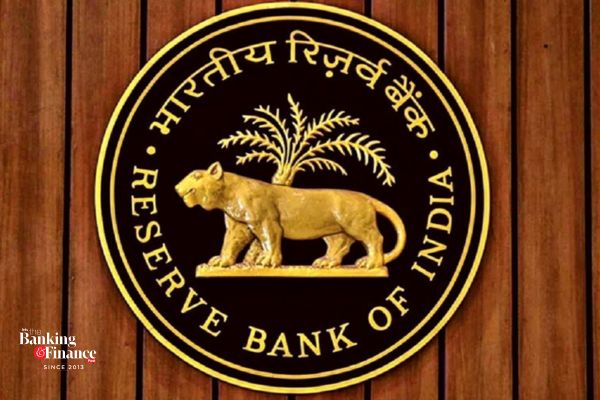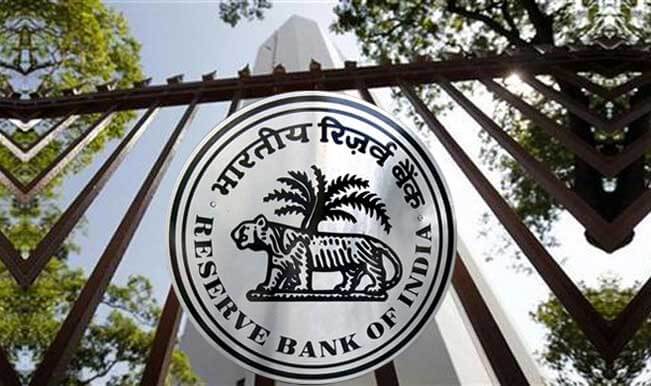The Reserve Bank of India (RBI) has declared intentions to implement an open market operation (OMO) on April 17 by buying government securities of ₹40,000 crore. This is the third OMO buy of gilts by the central bank during the current fiscal year, preceded by previous buys of ₹20,000 crore each on April 3 and April 8.
The RBI’s move is in terms of its policy of injecting liquidity amounting to roughly 1% of the Net demand and time liabilities (NDTL) in the banking system that was around ₹250 lakh crore. This means an anticipated liquidity injection of roughly ₹2.5 lakh crore. The RBI has infused nearly ₹7 lakh crore in the banking system since January 2025 through numerous liquidity injections.
Apart from the OMO, the RBI will also hold a long-term 43-day variable rate repo auction on April 17 to infuse another ₹1.5 trillion into the banking system. These steps are a part of the RBI’s overall plan to make sure that system liquidity is in a comfortable surplus, especially during the period of monthly GST outflows, which can temporarily lower the level of liquidity.
The RBI’s initiatives to provide liquidity are vital in helping transmit monetary policy choices into the overall economy. By providing banks with adequate funds, the RBI works to enable lower loan interest rates, which can be used to encourage borrowing and consumption. This is especially necessary during times of economic uncertainty or when external influences could otherwise decline liquidity levels.
The 10-year government bond benchmark yield has reacted well to these moves, trading at a three-year low of about 6.44% after recent RBI monetary policy moves. Yields are seen trending lower by the market experts, hitting a level of 6.25% by the end of June as the RBI’s actions stabilize domestic yields in the face of tumultuous global market conditions.
The RBI has also made changes in recent months to how it measures liquidity, moving away from durable liquidity to system liquidity. This emphasises funds within the banking system, omitting cash balances that the government may have which can be used.
Also Read | RBI Introduces Flexibility in UPI Transaction Limits for Merchant Payments
Overall, RBI‘s action to inject ₹40,000 crore into the banking system is an indicator of its determination to have a stable and friendly financial climate. Through this action, it is anticipated that the transmission of monetary policy will be increased, economic growth encouraged, and financial markets stabilized.
Elets The Banking and Finance Post Magazine has carved out a niche for itself in the crowded market with exclusive & unique content. Get in-depth insights on trend-setting innovations & transformation in the BFSI sector. Best offers for Print + Digital issues! Subscribe here➔ www.eletsonline.com/subscription/




















